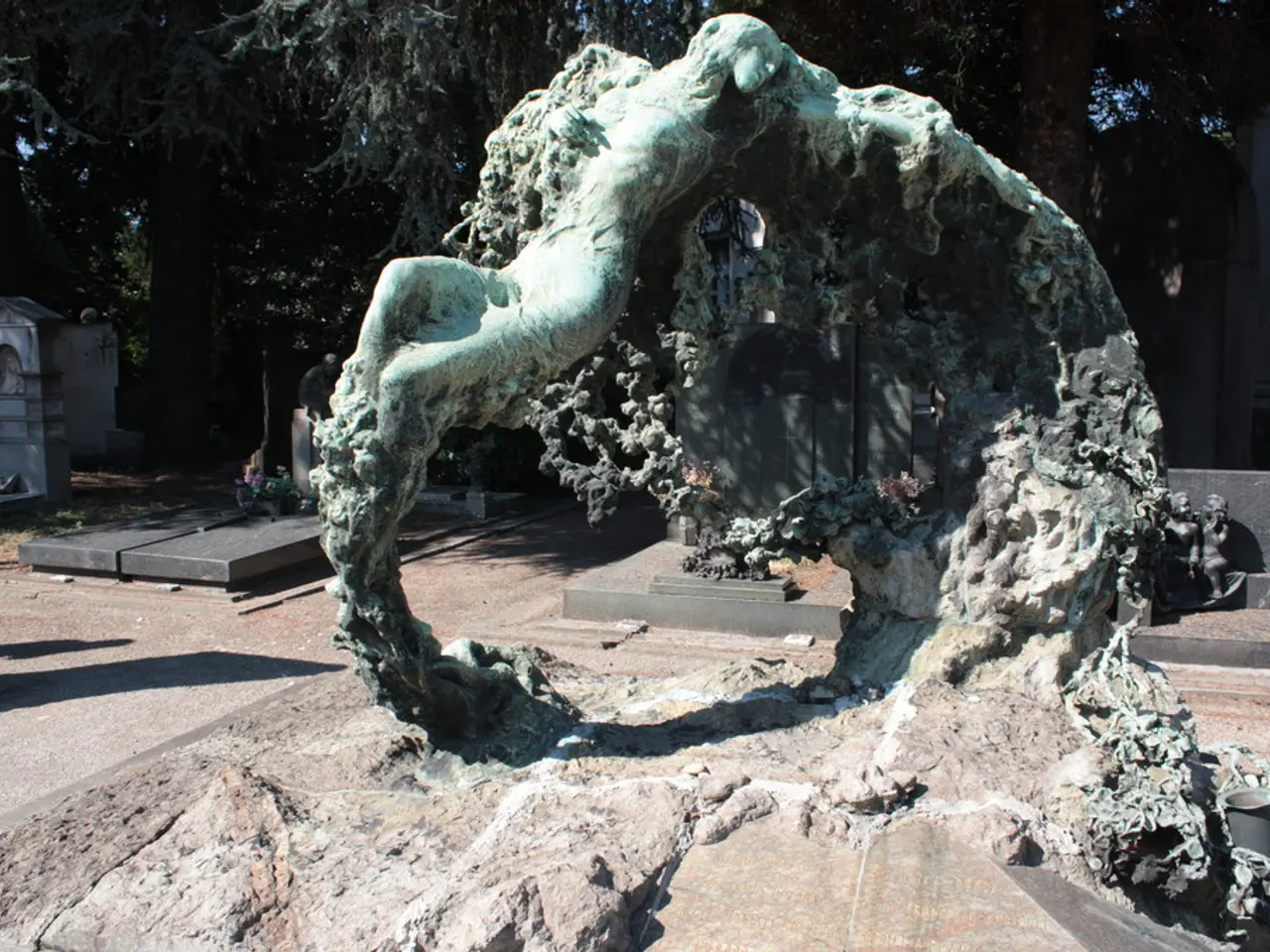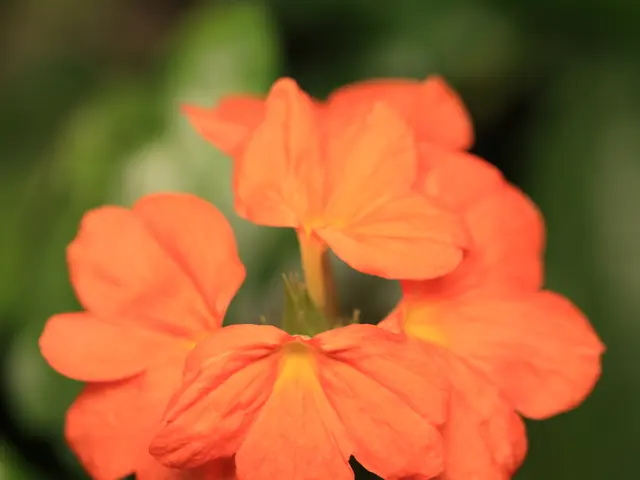Mummified Remains of Ancient Egyptians Exude Aromas of "Woody", "Spicy", and "Sweet"
In a captivating discovery that sheds light on the practices of ancient civilizations like Egypt, a team of international researchers has successfully reconstructed the unique scents emitted by mummified bodies. This study, led by Professor Matija Strlič of the University of Ljubljana and co-authored by Professor Ali Abdelhalim, director of the Egyptian Museum in Cairo, was published in the prestigious journal "Scientific Reports."
The research, which also involved scholars from the University of York and the University of Lyon, as well as the National Research Institute of Archaeology and Heritage in Egypt, aimed to identify the complex mixtures of aromatic compounds used in ancient Egyptian embalming processes. The findings were later reported in the Journal of the American Chemical Society.
The study distinguished between scents produced by the ancient embalming process and those introduced later, such as pesticides or the natural decay of organic materials. By systematically analyzing the smell of ancient Egyptian mummies using a combination of advanced chemical analysis and human sniffers, the team was able to confirm the use of sophisticated embalming recipes in ancient Egypt.
The mummies were found to emit a complex bouquet of aromas, dominated by woody, spicy, and sweet notes. The dominant scents were largely the result of coniferous resins, gum resins like myrrh and frankincense, and beeswax. This finding not only offers insights into the era, location, and socioeconomic status of the individual being mummified but also contributes to a better understanding of ancient Egyptian practices and beliefs.
The study's findings could potentially change the way ancient Egyptian heritage is approached and experienced. By recreating these ancient scents, the researchers plan to create "smellscapes" to immerse museum visitors in ancient Egyptian heritage. This innovative approach could offer a unique and engaging way to approach practices of embalming and conservation.
Moreover, by identifying the chemical composition of the odors emitted by mummified bodies, conservators can better protect these ancient artifacts and the people who care for them. Some of the chemicals detected, such as formaldehyde, can be harmful if inhaled over long periods.
The article, originally published in February 2025, has been updated with new information. The belief that pleasant odors were associated with the divine, a sign of purity and sanctity, while foul smells signaled corruption and decay, shaped the mummification practices, which aimed to preserve the body and soul for the afterlife.
The reconstruction of the smell of ancient mummified bodies could be used to enhance museum visitor experiences, offering a sensory journey into the past. The study's findings could be a significant step towards a more immersive and engaging experience of ancient Egyptian heritage.
Read also:
- Israel announces the development of a laser-based anti-missile and drone countermeasure system
- Most Potent Nuclear Explosive Ever Constructed - Tsar Bomba
- Enhanced ceramic material through humidity significantly boosts fuel cell efficiency, study contends
- Exploring the Colorful World of Magnetic Forces: Unveiling the Mysteries of Attraction and Repulsion Throughout the Spectrum








